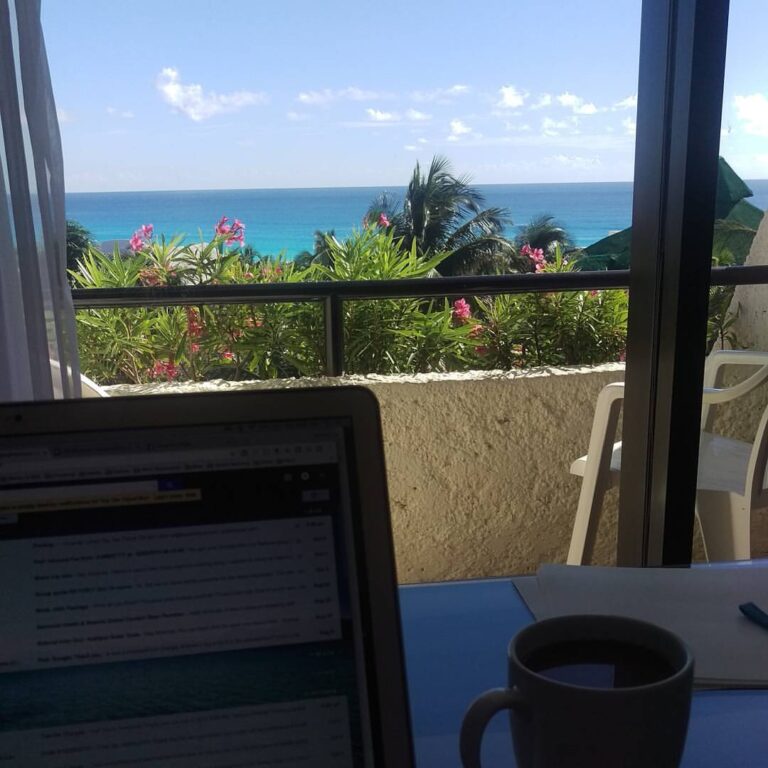I know I reference this trip a lot, but it was my first major introduction to international travel, and it was the benchmark for a lot of my experiences since then.
I was recently re-reading my blog from that trip, which can be found here (password summit), and found my summary of the trip and experiences with international travel. Since then, I’ve done A LOT more international travel, so I thought it would be interesting to relook at my conclusions from 2013 and compare them to 2019, with vastly more experience.
Original Conclusion:
Always haggle in the local currency: Egyptian Pounds (LE) in this case. When I haggled in USD, they had to convert the amount to LE so I could use a credit card. At the time of my trip, this conversion SHOULD have been the total in USD times somewhere between 6.1 and 6.3 (It is currently close to 16.6:1).* However, depending on where I was and how honest the merchant was, this rate was between 6.5 and 7.5. It was never as low as it should have been, and it was usually in the 7 – 7.5 range. I learned this pretty quickly, and since I knew the conversion rate of Egyptian Pounds to USD, I could haggle in pounds and do the conversion in my head, so I knew what I would be paying in USD when they charged my credit card.
*As of 2013. Current rate is much lower.
Current Conclusion:
Correct. Yes, if you’re going to haggle, haggle in the local currency and make sure you know the conversation rate. Use your phone if it helps. If you are going to use anything other than a credit card, make sure you have the local currency before you start haggling. If you use a credit card, make sure you have one that doesn’t have foreign transaction fees and have them charge you in the local currency. Your bank will do the conversion, and you’ll usually get a better rate.
Original Conclusion:
Egyptian Pounds are fine for tips. I was told at one point that people preferred USD. This may be true, but all I had was Egyptian Pounds and this was fine for me. I never had anyone refuse money.
Current Conclusion:
Partially correct. If you are in a developing nation like Mexico, the Dominican Republic, Egypt, etc., USD has a higher conversion rate and is therefore more valuable. Most merchants, taxis, restaurants, etc., will take them.
However, if you are somewhere like Europe, China or Japan, convert your currency and be familiar with the local currency and exchange rates. Many of these more developed countries won’t accept USD and will look down their nose at you if you try. Think about trying to use Japanese Yen at Ruby Tuesdays–probably not going to go well.
That being said, credit cards are so easy to use that you’re often better off sticking with them. This doesn’t work for tipping, but for many expenses, just get a credit card without foreign transaction fees and don’t sweat having all the right change.
Original Conclusion:
Don’t be afraid of insulting people with low offers on stuff. Chances are it costs them next to nothing; if they aren’t willing to sell it for less, move on to the next shop. Usually, they will cave and give it to you for what you want to pay. Also, you’re never going to see this person again, so who cares if you offend them? If they don’t like your offer, they don’t have to sell to you. I had real trouble with this. I was WAY too polite every time I haggled; in some cases, I was taken advantage of. I realized this after the fact, unfortunately. In the US, offering someone much less than the price they list is insulting. You would never walk into a store, look at a price tag, then offer half of what it said. I couldn’t get past this and had trouble getting things for as little as possible.
Current Conclusion:
Correct. If a vendor wants $100 Mexican Pesos (MXN), don’t offer $2 MXN, but offering $50 MXN isn’t a bad place to start. Haggling is tricky, and many of the vendors will make you feel bad for offering lower prices, but in reality, they’re just trying to get the best of you and make some extra money. Be polite, be friendly, but go into a situation with a number in your head for how much you’re willing to pay for something; offer less than that so there’s negotiation room and walk away if they can’t meet that number. Chances are, they will meet your number.
Original Conclusion:
Never buy anything from street vendors and people at tourist sites. The products were probably made in China, and the quality is terrible. If you want real products, have a tour company, cab driver, guide, etc., take you to a real manufacturer. Most manufacturers will show you how they make their products and will teach you have to decipher real from fake.
Current Conclusion:
Incorrect. This was true in Egypt to some extent, but even the “real manufacturers’” products were not necessarily made by local craftsmen. So many souvenirs are made in China these days that it isn’t worth worrying about. If you’re looking for something to remember your trip, go for whatever makes you happy, shop around, and haggle for a good price. In Playa del Carmen, Mexico, for example, there are more than 50 stores on 5th Avenue that will sell you a “Playa del Carmen” t-shirt for $10 USD. There are also several stores that will sell you more artisan items and even a few stores that carry locally made items.
Also, don’t trust your tour guides. My tour guide watched a guy haggle with me over an ‘alabaster’ vase that he knew full well wasn’t alabaster. I’m not saying all tour guides are liars, but it doesn’t matter to them if you get ripped off or not. Do some research about the country you’re visiting ahead of time and try to figure out what locally made goods you’re interested in. If you know you want alabaster, try to learn what alabaster looks like. All I needed to do was hold my cell phone flashlight up to the thing to determine it wasn’t alabaster, but I didn’t learn that until much later.
Original Conclusion:
Bottled water is better than drinking from the Nile, but it’s still probably Nile water. Coca-Cola has a bottling plant in Egypt, and most of the other bottled water manufacturers bottle their water in Egypt. This means that the water is most likely sterilized Nile water with some minerals added. I don’t think there is any way to avoid drinking this, given how important water is and the fact that it’s all that’s available. Next time, I’ll take Pepto Bismol.
Current Conclusion:
Hahaha, Correct. It makes no sense to ship USA water all over the world, so where did I think it was going to come from? You are GOING to be drinking the local water. Chances are it’s been filtered in some way, and if you’re really concerned, you can bring the tablets to help make it safer, but it’s a best practice to carry an anti-diarrheal like Imodium and/or Pepto.
I travel to Mexico, Jamaica, and the Dominican Republic regularly and have gotten sick three times in total, one in each country, all very mild. I had the right medications, treated the issue, and drank lots more water to stay hydrated, and it always went away after a little while.
Not only do I drink the water, but I also eat fresh fruits and vegetables, eat raw food preparations, and enjoy ceviche all over the country.
What can I say? I’m a risk taker.
Original Conclusion:
Never buy perfumes or oils without screwtops. They will leak. All my stuff smells faintly of eucalyptus. Which, not that I think about it, is not an authentic Egyptian oil…
Current Conclusion:
Correct. I wouldn’t buy any liquid of any kind without a REALLY solid top. You’re going to have to check it, and no one wants that kind of thing leaking all over their bag. If you don’t have a choice, you could empty out shampoo and conditioner bottles from your hotel or use an old Coke bottle. Just make sure you keep the original bottles so you can show customs what was in the bottle.
One of the things I found most interesting here was what I thought was important after that trip. My conclusions about international travel these days are very different. I will certainly follow this blog up with a list of international travel trips now that I have more than a few experiences.







